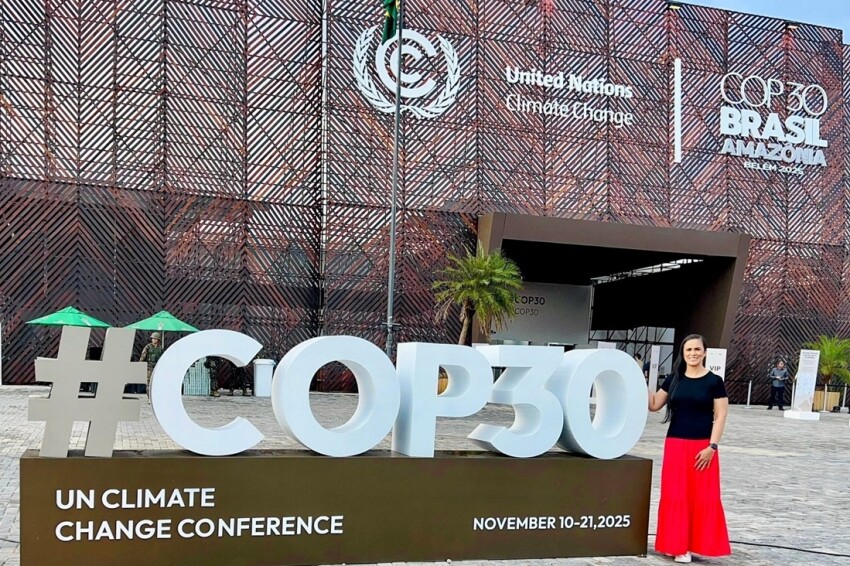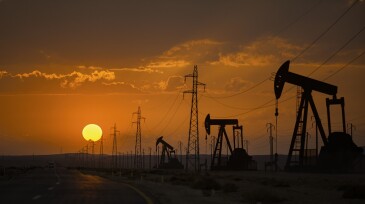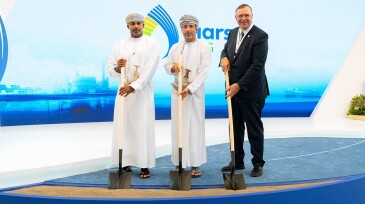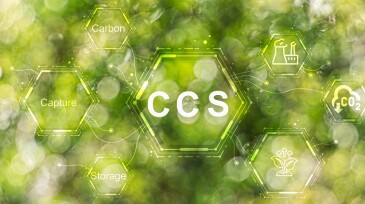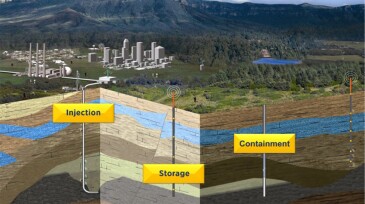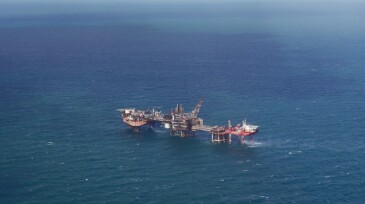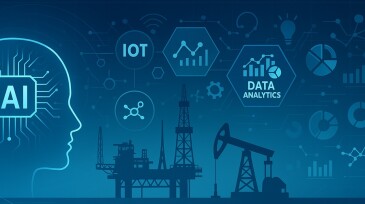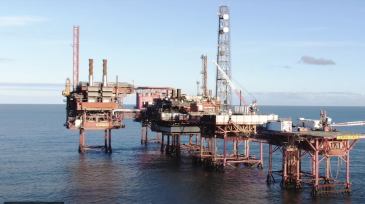Decarbonization
As COP30 wrapped up in Brazil, the country finds itself at an inflection point, positioned to deliver South America’s first CO₂ injection by mid-2026.
The 14 available locations are estimated to be able to provide up to 2 gigatonnes of additional carbon-dioxide storage capacity.
This study ascertains the capital expenditure and operating expenditure associated with the reuse of existing facilities, specifically regarding a carbon capture and storage project being prepared in South Korea.
-
The times are changing and so are our industry’s prospects, as hydrocarbons are now recognized as cardinal to affordable energy security for the conceivable future. But, in avoidance of suspense, the answer to the headline question is “absolutely.” Here we look at the rationale why.
-
Situated at the entrance to the Persian Gulf, Marsa LNG will anchor the Middle East’s first bunkering hub when it drops its first product in 2028.
-
The vessel is expected to be delivered by the end of the year, while the project's new port in Esjberg is on target for completion this autumn.
-
The agreement calls for approximately 2.3 million metric tons of carbon dioxide to be securely stored per year at 1PointFive’s Pelican Sequestration Hub in Louisiana.
-
The 2025 update to SPE’s CO₂ Storage Resources Management System (SRMS) is now available. Following a 2-year review, the updated framework—endorsed by six professional societies—builds on the original 2017 system to support consistent classification, evaluation, and reporting of CO₂ storage resources. A key change in the 2025 SRMS Update is the inclusion of CO₂ EOR as…
-
The UK North Sea Transition Authority has awarded the required permits for the East Irish Sea project, and the project has reached financial close. The carbon capture and storage project is expected to receive its first carbon dioxide in 2028.
-
The full potential of data can only be realized when it is viewed not in isolation but as part of the dynamic triad of hydrocarbons, the data, and the people who interpret it and act on it.
-
The meeting of leaders, experts, and stakeholders emphasized the urgency of addressing greenhouse-gas emissions to mitigate climate change and align with global sustainability goals.
-
The test marks a milestone in the Poseidon CCS project, which aims to store carbon dioxide in the depleted gas reservoir below the Leman development in the southern North Sea.
-
The storage permits, the first of their kind, allow the Stratos facility to move forward with plans to capture and store up to 500,000 tonnes of carbon dioxide per year.

